Home![]() Articles
Articles![]() 7 Popular Desserts From Singapore That Are Drenched in Coconut and Tinged With Pandan
7 Popular Desserts From Singapore That Are Drenched in Coconut and Tinged With Pandan
Coconut and palm sugar are Singapore’s dessert BFFs, much like its neighbors. Of course, we need to mention the local pandan leaves that give certain desserts their beautiful green hue. So, what are you waiting for, it’s time for you to take notes!

Singapore is renowned for its incredible cultural and ethnic diversity, which is reflected in its celebrated cuisine. As a multi-ethnic city, Singaporean food is a fusion inspired by various global destinations. While food is undoubtedly one of Singapore's greatest attractions, its impressive dessert scene is still gaining wider recognition. From melt-in-your-mouth Pandan cake to refreshing mango pudding, Singaporean sweets offer a glimpse into its cultural mix on the palate. Borrowing influences from Asia and beyond, these after-meal treats have become staples for family gatherings, cultural celebrations, and street food attractions.
1. Chendol
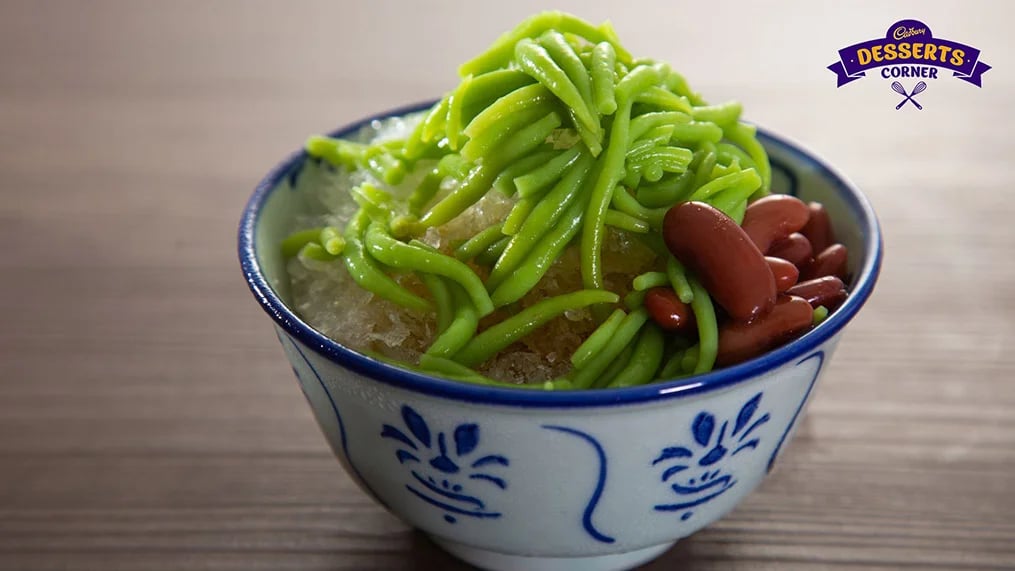
Chendol features soft, pandan-green jelly noodles that lend it a distinctive flavor and color. These Chendol noodles are the inspiration for the dessert's name. Chendol is typically made with shaved ice soaked in a coconut milk base. It also includes kidney beans and rice flour or pandan jelly. A sweet and aromatic palm sugar syrup flavored with pandan leaves is poured over the top. Customers can opt to add extras like corn or creamy durian fruit depending on their preferences. It can be enjoyed either as a chilled dessert on a hot day or as a cooling beverage.
2. Nyonya Kueh
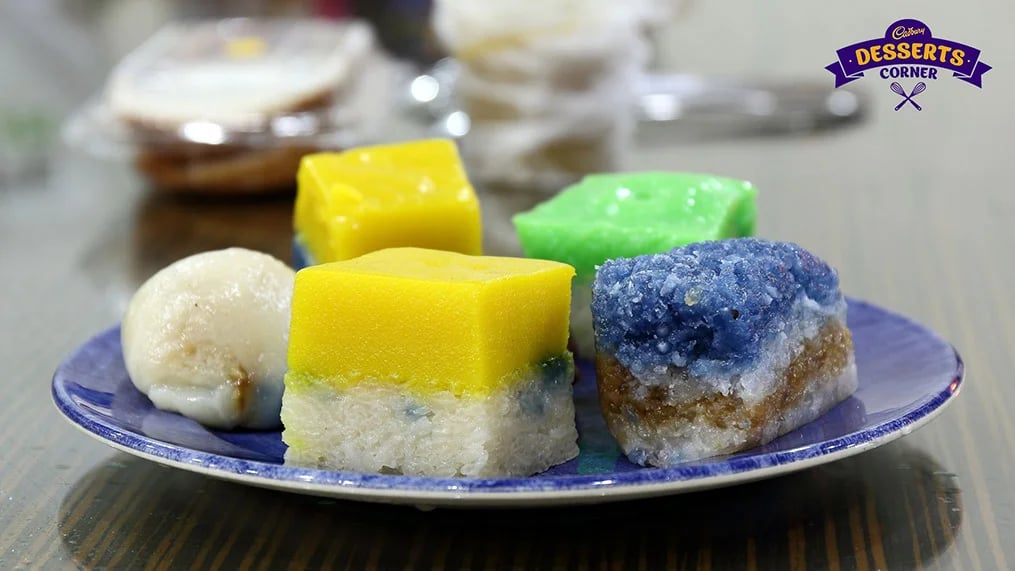
This particular dessert is named after the early Chinese immigrants and their descendants who settled in Penang, Malacca, and Singapore and gave birth to the South East Asian, Nyonya Peranakan cuisine. It features cakes that are different colors of the rainbow and made entirely out of rice flour and coconut milk. Palm sugar, pandan juice, and coconut flakes are also often added as flavor enhancers and sweeteners.
3. Cincau
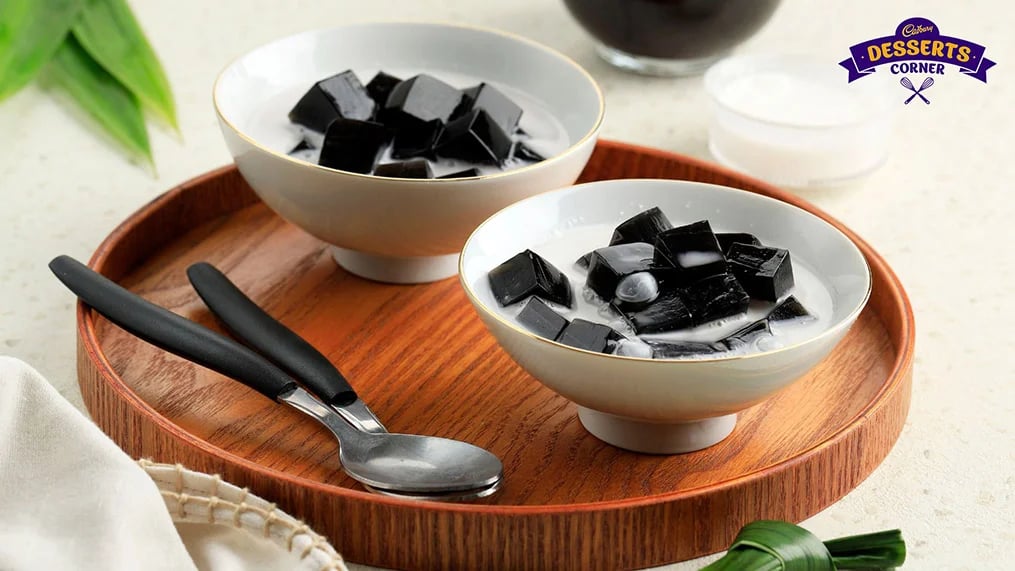
Also known as green grass jelly, Cincau is a traditional Chinese herbal jelly that has a distinct dark appearance that reminds one of soy sauce. But of course, this soy sauce lookalike jelly is sweet and made up of a local plant called Cyclea Barbata which has beautiful spade-shaped leaves. Cincau takes on different forms from wriggly worm jelly noodles to the easy to plop cubes. But it's not entirely sweet, being herbal it possesses a mildly bitter flavor that is a great addition to desserts like Chendol and Ais Kacang or if you can stand the bitterness, it's great on its own too.
4. Ais Kacang
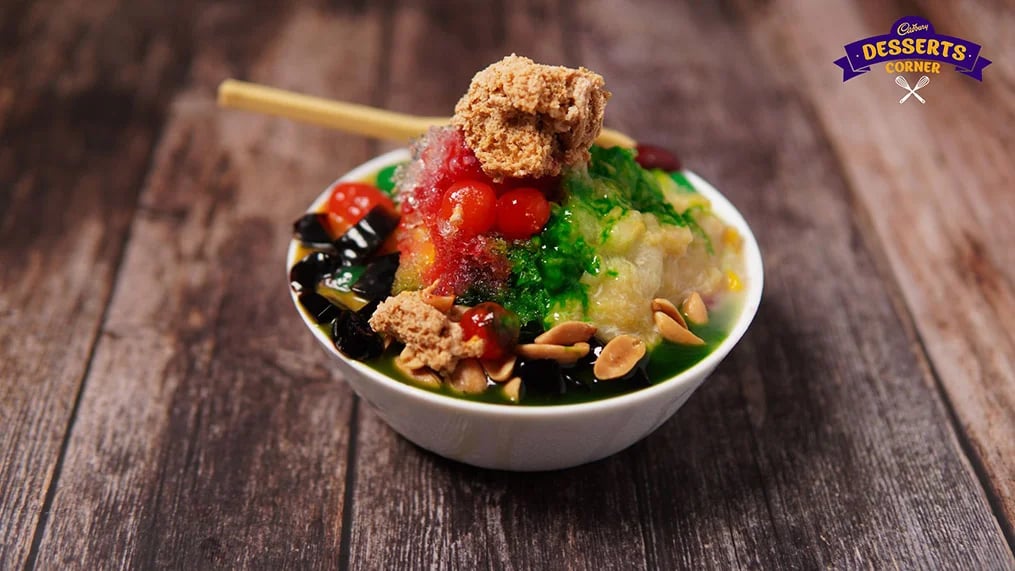
Ice Kachang or Ais Kacang translates to bean ice, so it's red beans served on a bed of ice dessert, similar to the Korean Bingsu which is a revered delicacy. Ais Kacang is a traditional Malaysian dessert where these two ingredients are drenched in colorful sweet syrups, condensed milk, sweet corn, jelly noodles, ice cream, and even peanuts. It's a refreshing treat on a hot summer day. Interesting trivia, if the locals don't understand the name say ABC! That's the colloquial term for this yummy and refreshing dessert.
5. Tau Huay
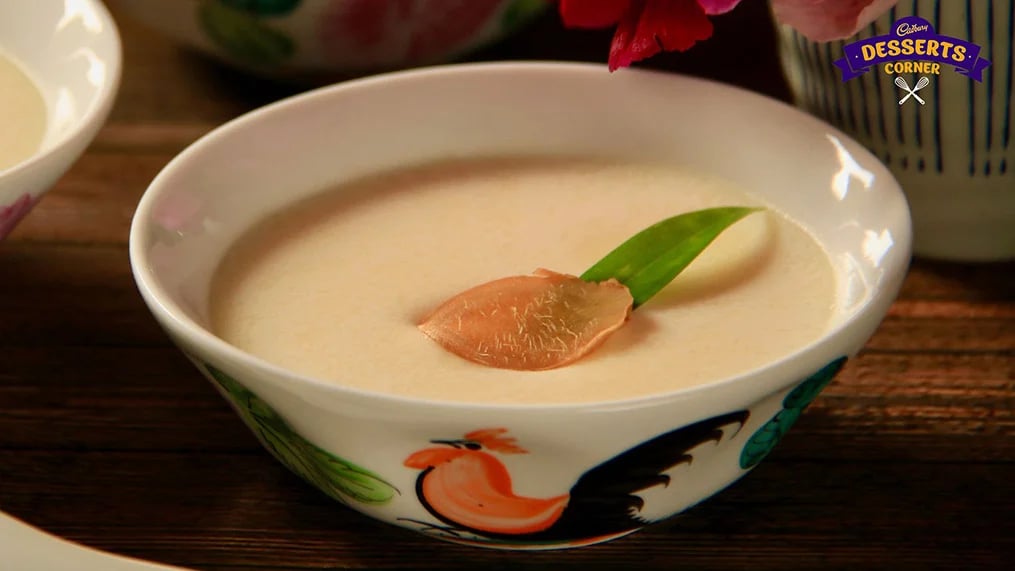
This one might not sound so appetizing for it is a soybean curd dish that has a pudding-like consistency. Eaten during breakfast or lunch, soya bean milk along with sugar and a coagulant is boiled to make this dessert. In China, the same dish is called Douhua instead of Tau Huay. The texture of this dessert is silky soft which is enjoyed both chilled and hot and sometimes also eaten as a side dish with you tiao, a kind of doughy fritter. Modernity has also given rise to other variations of Tau Huay made with almond bean curd or soy milk.
6. Pandan Chiffon Cake
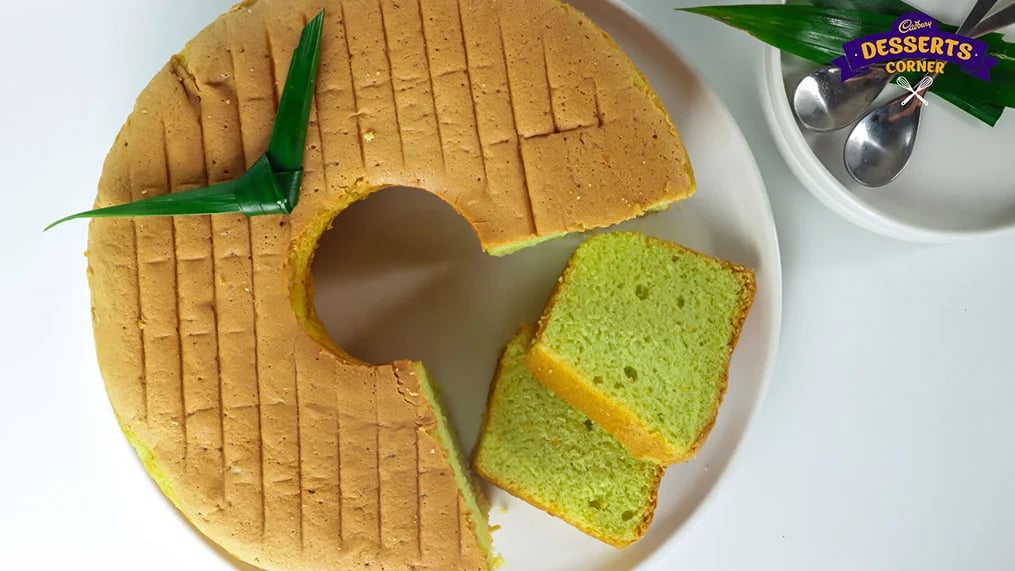
This is “Singapore’s National Cake” with its golden exterior and fun, vibrant green interior, courtesy of the pandan leaves that are extensively used in desserts in many East Asian countries. A simple chiffon cake is transformed into this visual treat using the flavor extract (the juice) from the pandan leaves. Coconut milk also lends its flavor and gives the cake a supple and moist interior. Just like Japan’s Castella Cake which has foreign influences, pandan chiffon cake also is not indigenous to Singapore and has Dutch influences.
7. Durian Pengat
Coconut milk reigns supreme in the island country of Singapore, this has been established so far, no doubt. So, how about a bunch of chopped fruits and root vegetables cooked in a concoction of coconut milk and sugar? That's exactly what pengat is. Durian is added to this dessert to thicken and flavor this dessert and upon cooking, it has the consistency of a smooth mousse. This dessert is also linked to the Peranakan community and also the Malays.






















